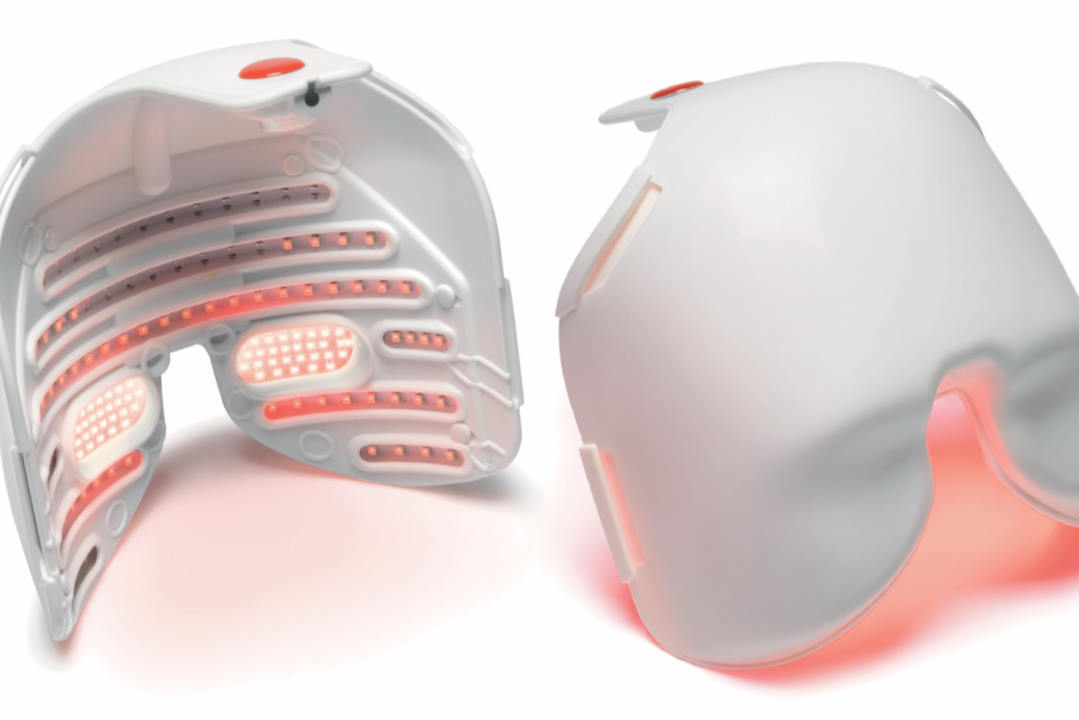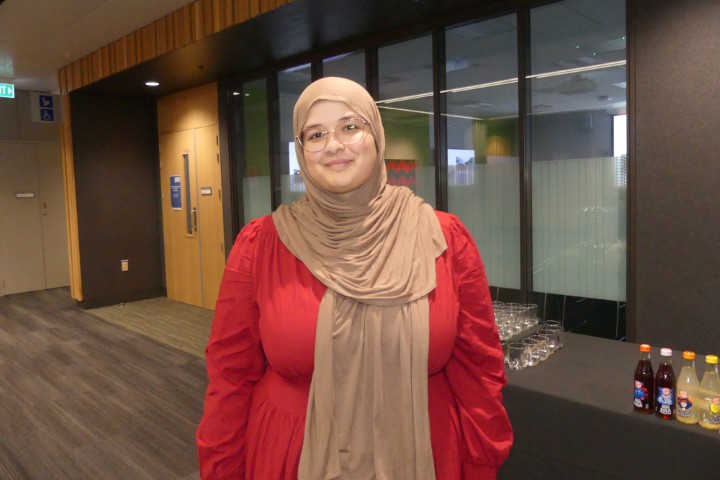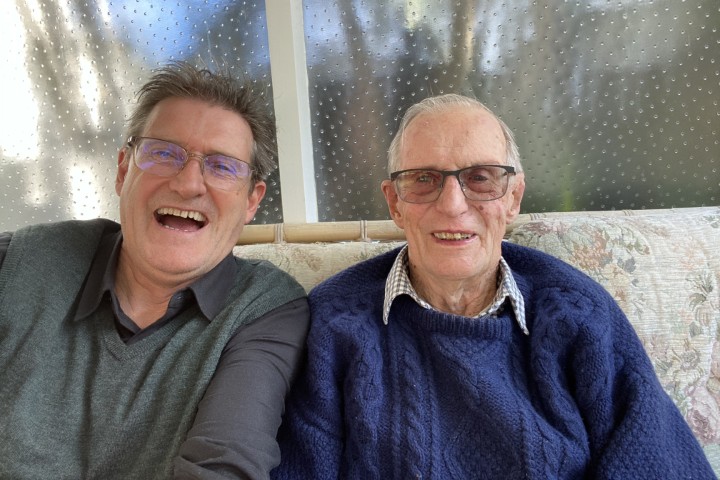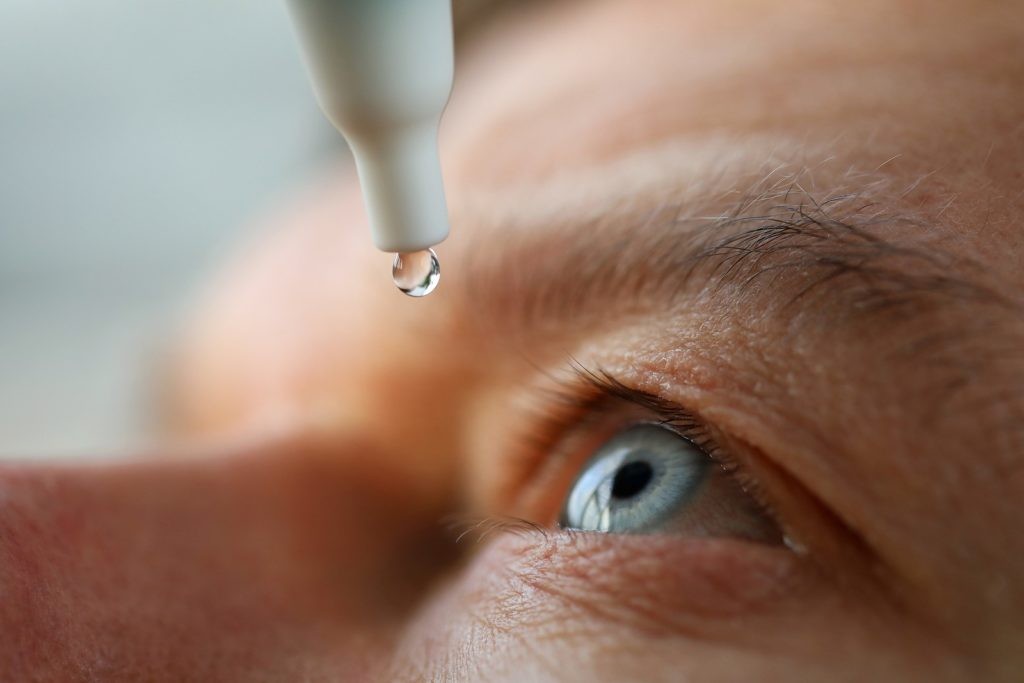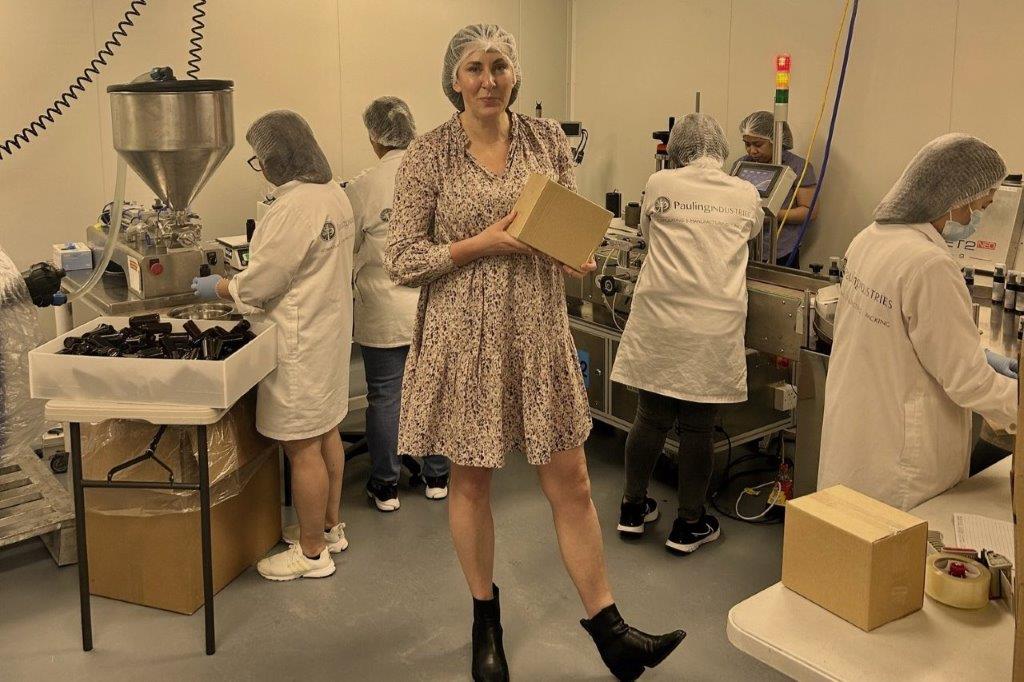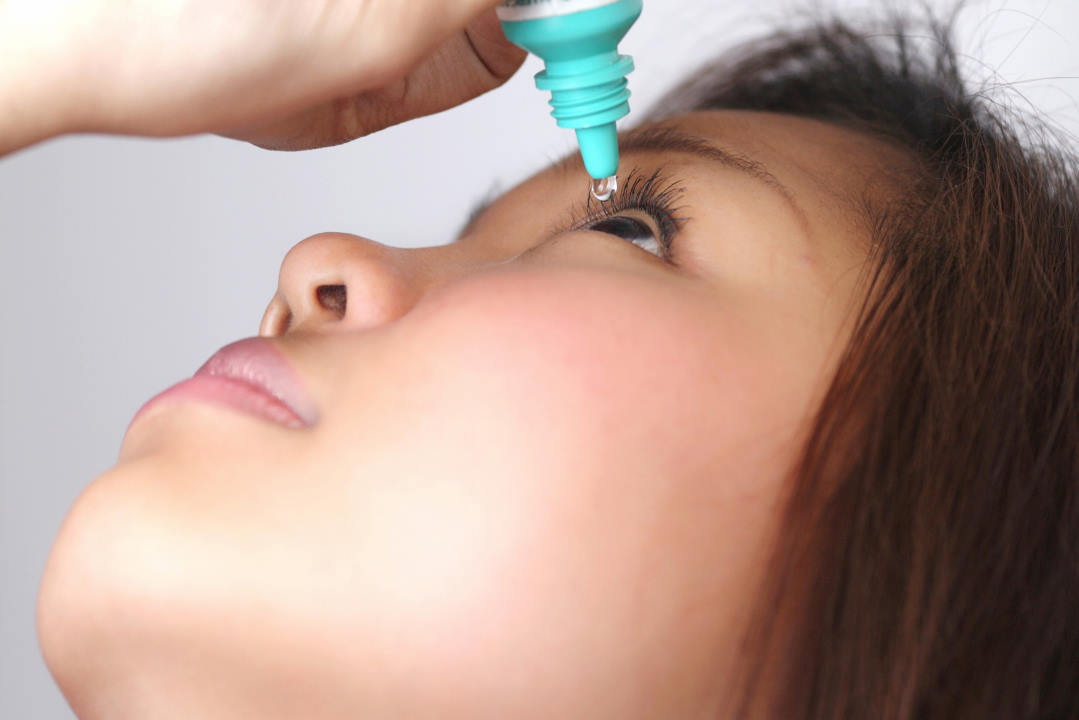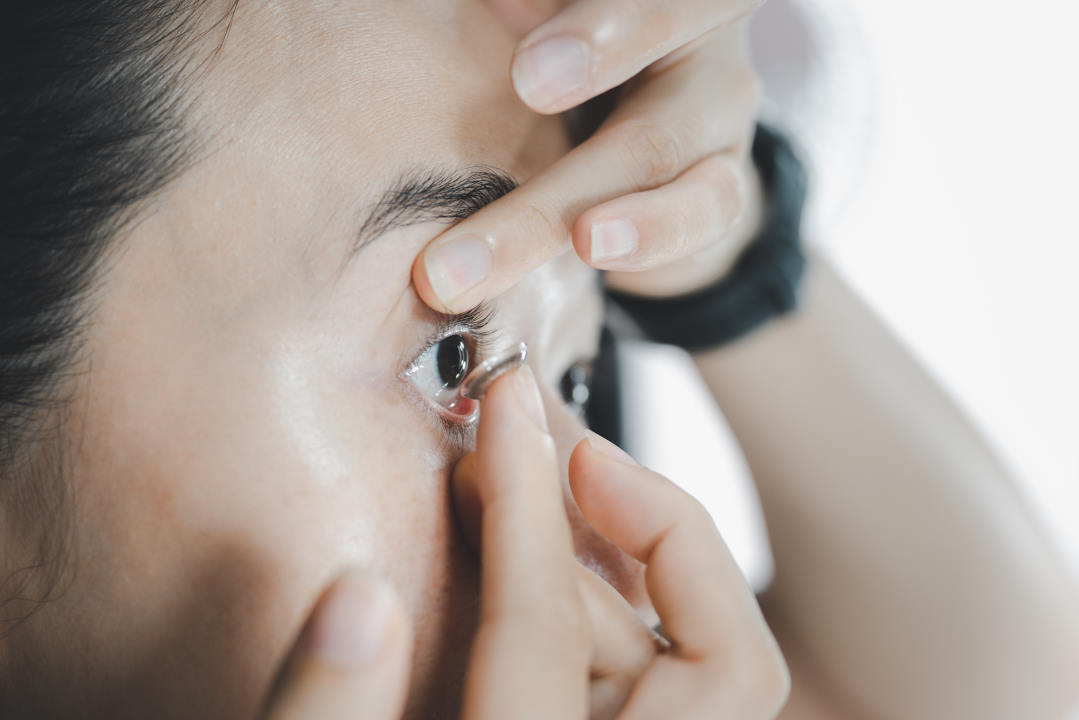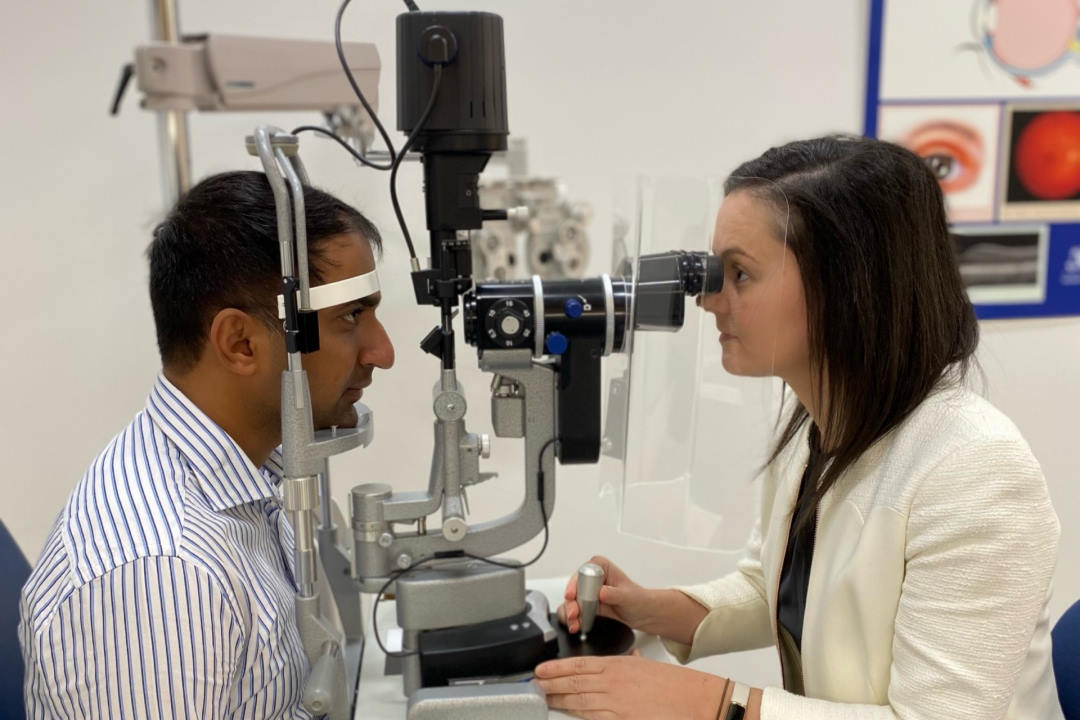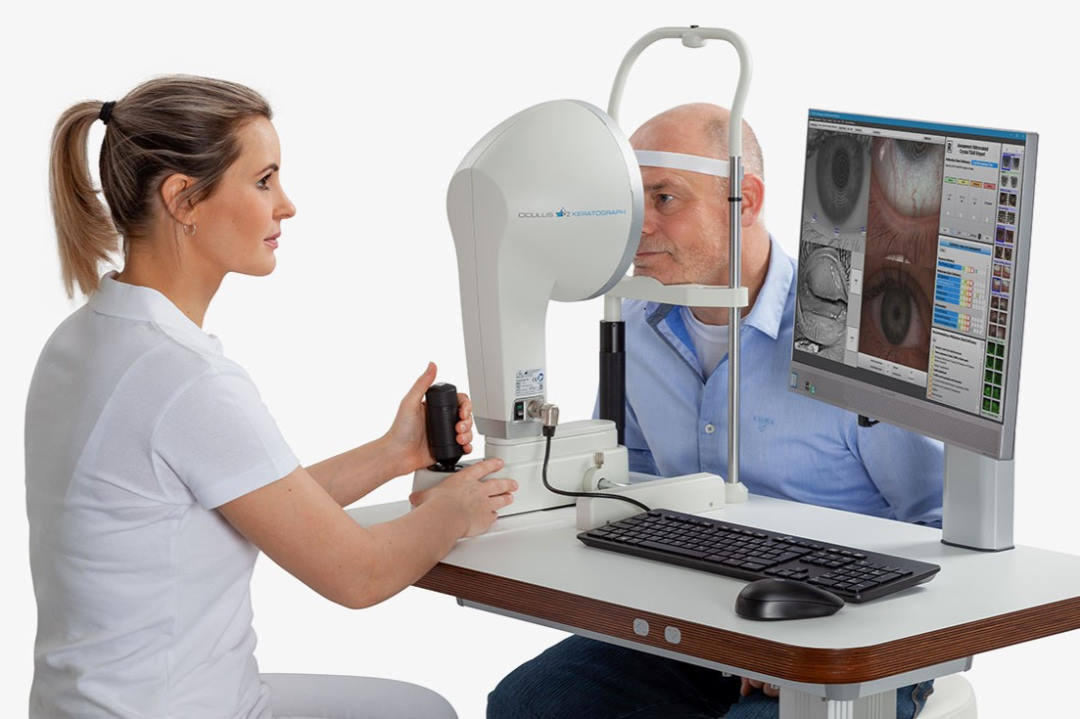LLLT to prevent iatrogenic DED, dry AMD?
An Italian study showed that two sessions of low-level light therapy (LLLT) performed before and after cataract surgery were effective in ameliorating tear film stability and ocular discomfort symptoms for patients.
Published in the British Journal of Ophthalmology, the prospective, randomised, controlled, double-masked clinical trial involved 153 healthy patients who underwent two sessions of LLLT or sham treatment one week before and one week after cataract surgery. Outcome measures evaluated about 30 days after surgery (T2) included Ocular Surface Disease Index (OSDI) symptom scores, non-invasive breakup time (NIBUT), tear meniscus height, meibomian gland loss (MGL) and redness score. Patients treated with LLLT had significantly lower OSDI symptom scores compared with controls at T1 and T2, higher NIBUT values at T2 and lower MGL Meiboscore values at T1. Unlike controls, patients treated with LLLT had significantly lower OSDI scores and higher NIBUT values at T2 compared with T0, said researchers.
“LLLT is a groundbreaking technology able to cure different eye diseases by acting at the root of the cellular dysregulation,” said Professor Giuseppe Giannaccare, who led the research at Magna Græcia University of Catanzaro, Italy. “Prophylactic treatment using low-level light therapy could be easily incorporated in the workflow of otherwise healthy patients undergoing senile cataract surgery in order to avoid iatrogenic DED.”
In other news, Espansione Group’s Eye-Light technology, used in the study, has been granted CE approval for treating dry AMD as well as a range of anterior segment pathologies, including dry eye disease. “The clearance marks a potential breakthrough (for) dry AMD patients… and opens new opportunities to investigate the effectiveness of photobiomodulation on retinal conditions,” said CEO Alessandro Fier.









